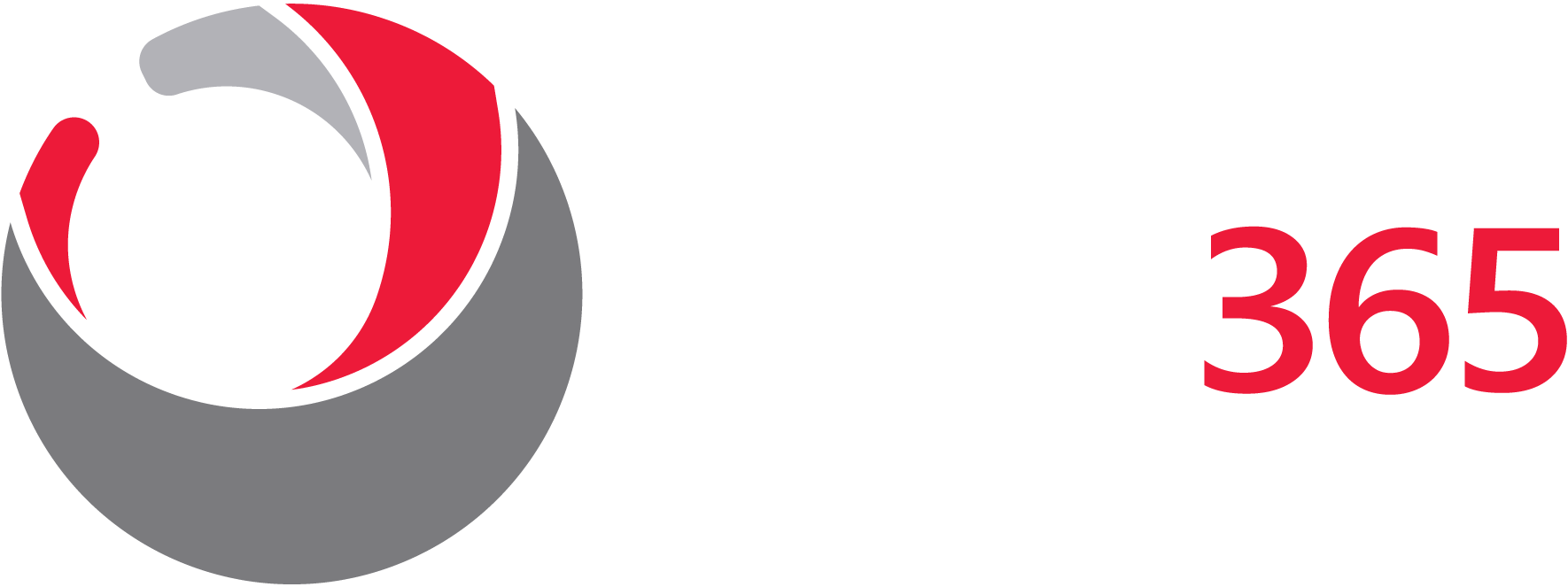The modern workplace is dynamic, fast-paced, and requires cohesive teams. Everyone needs to access data faster and more efficiently than ever.
More companies are investing in collaboration technologies to improve their processes. Collaboration tools are now seen as a necessity. And without them, companies struggle to compete with their peers.
With the adoption of collaboration software, businesses can maximise their resources. Workplace productivity improves as staff can complete more tasks faster.
Collaboration technologies contribute to effective coordination and communication within the organisation. Enterprises can get all team members on the same page and provide essential support.
Here’s how collaboration technology can improve workplace productivity

Supports Hybrid Workplaces
Hybrid workplaces are becoming part of our organisational cultures. 66% of UK employees think they’re more productive when they do remote work.
Many companies still have yet to embrace hybrid cultures but face the same concern. Executives need to figure out how to maintain productivity amidst evolving workplaces.
Collaboration technologies are a perfect solution at the right time. Organisations can connect with remote teams faster than before. This happens by transitioning to hybrid workplaces.
Hybrid work environments seemed like a barrier to workplace productivity. Today, they are a blessing as companies can seamlessly incorporate remote workers.
Remote talents bring better viewpoints and perspectives to compensate for talent shortages. This makes it easier to solve complex business problems and improve workplace productivity.

Helps With Scalability
For an organisation to thrive, there needs to be effective coordination with stakeholders. Overall, building a successful business means pooling resources like finances, systems, and talents.
Every stakeholder usually has a specific goal in their mind. Using their resources to your advantage is one of the keys to reaching new markets. It’s sometimes impossible to scale up operations without building a supportive community.
Communicating and coordinating effectively with stakeholders determines their motivations. Investors want value for their money, and they want to take part in decision-making. Giving them a real-time overview of progress can encourage them to cooperate effectively.
It’s easier to understand stakeholders’ expectations when they are up-to-date on progress. A subject-matter expert can dive into the conversation to offer knowledge in time. This timely feedback can help reduce risks and project costs and boost revenues.

Allows for Virtual Brainstorming
For decades, many organisations have used brainstorming to generate new ideas. They’ve also used this method to solve complex problems. Brainstorming can help corporations increase cohesiveness and collaboration on ideas.
Some may argue that hybrid working results in losing some of the ability to gather and ideate. People may not be able to meet and bounce ideas off each other. But this is not a problem in many companies, thanks to collaborative technologies.
Shifting to hybrid work doesn’t mean removing practices that demand in-person meetings. Virtual brainstorming is a great way to bring hybrid teams together. It can also help with unleashing their creativity.
There is plenty of state-of-the-art tools promoting virtual collaborations and unified communications. And with our team of experts, you can be sure of a smooth transition to a hybrid workplace.

Improves Teamwork
Managing hybrid teams is one of the many concerns modern companies face. This comes up when they’re contemplating how to increase productivity. Larger companies must also contend with the challenges of handling separated work teams.
Optimal productivity is a realistic goal when these organisations invest in document collaboration. An efficient collaboration system allows different branches to work on the same document in real-time. It speeds up the sharing and review of documents and helps fast-track projects.
Video conferencing can support virtual group meetings in real-time. This functionality is helpful for businesses of all sizes. It can help to connect employees at different offices.
Video conferencing also allows staff to record meetings. This makes it easier to refer to discussions. Projects move forward faster and when all teams are on the same page.

Collaboration Technologies Save Time
Recent studies have shown that people spend at least one month out of the year doing work that has already been completed. 60% of the employees said they spend at least half a day every week on tasks they considered timewasters.
The problems restricting employee efficiency previously continue to be a challenge today. We still have many organisations holding many prolonged meetings every month. Employees also have to grapple with too many emails and slow technology.
Collaborative technology plays many roles that can help organisations remove most timewasters. Most systems allow for centralised documentation. This can reduce the need for back-and-forth emails.
Meetings play a massive role in keeping employees up-to-date with organisational processes. Many companies may not be able to get everyone on board because of ineffective meeting practices.
Collaboration technology provides various engagement tools. This includes chat or threads that allow us to gather many ideas without wasting time. Smart projectors and video conferencing cut the need for commutes during meetings.

Narrows Down Focus to Organisational Objectives
Many successful companies know how to master the art of focusing on their objectives. They know they can’t do everything and choose to focus on a few things.
Productivity is possible when everyone within the company walks in the same direction. Leaders choose a set of priorities aligned with the company’s vision. They can then funnel these priorities to their team.
Cascading objectives from the top allows teams to work in a unified direction. The challenge for most companies is ensuring employees don’t divert their attention.
Many strategies may not cut it in leading modern workforces towards organisational goals. Employees may de-emphasise their roles if they don’t feel part of the process or conversation.
Collaborative technologies play a significant role in propelling everyone towards the ultimate goal. Collaboration tools can create a sense of inclusion by promoting transparency.
Effective collaboration can promote employee participation and propel productivity. There is ownership of objectives and unified desire to drive efforts towards success.

Improves Employee Morale and Retention Rates
Companies looking to improve productivity often must ensure employees are happy. Happier employees are likely to put their best efforts into their company’s success.
Happier employees are likely to stick with one organisation longer. They will likely choose to stay in a workplace that embraces transparency and appreciates their efforts.
Offering employees collaboration tools to increase their efficiency can improve their morale. 33% of millennials want collaborative workplaces.
A collaborative workplace allows employees to share their ideas without restrictions. It also allows them to interact with peers and seek support when necessary. This promotes their professional development and up-levelling.
Collaboration tools are even more helpful for companies with employees in different locations. Collaborative technologies, like Slack, make it easier to communicate and collaborate.
Loneliness is a challenge when dealing with the issues of remote workers. It’s crucial to create a culture of open communication. Remote teams need to feel free to interact with and engage their peers and superiors.

Promotes Innovation and Creativity
Creating a collaborative and transparent workplace helps boost innovation and improve productivity. People will feel free to be more open when superiors recognise their efforts.
Innovation is likely to thrive in a fulfilling workplace. An environment where employees don’t feel pressured encourages the productive sharing of ideas. Fear and suppression are common reasons employees hold back their ideas.
Futility kills creativity and innovation in the workplace. Employees often stop voicing their opinions when they think their ideas don’t contribute to change.
Studies show that futility is 1.8 times more powerful as an impediment to effective feedback. More employees choose not to take part because they think nothing will come from their feedback.
Collaborative technology creates an open space where employees can join conversations without fear of futility. Projects in collaborative spaces are outcomes of unified engagements and communication.

Creates Accountability
Improving workplace productivity demands accountability from everyone. Leaders need to outline clear objectives and expectations to their teams. And each individual needs to play their part in completing projects.
It used to be almost impossible to track individuals or their teams. A manager struggled to know if a particular team took care of their responsibilities.
Collaboration technologies refine communication and help to promote accountability. Managers can track what their teams are doing in real-time. This helps to keep projects running smoothly.
Embrace Collaborative Technologies
Businesses need to move past the siloed approach to collaboration to improve productivity. They should consider adopting a more collaborative model that allows team members to work together.
Doing so can close communication gaps and help companies achieve better results. If you want to improve productivity, then you should consider new collaborative technologies.
Are you interested in leveraging collaboration technologies? Contact us today to help improve productivity for your team.


